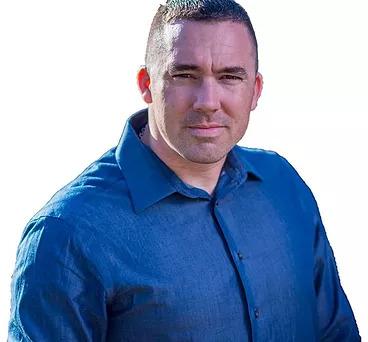NEW YORK—Eating disorders affect people of all ages, sexes, sexual orientations, races, sizes, and socioeconomic status, and have a serious physical and psychological impact. After dealing with her own struggles, Claire Mysko, the CEO of the National Eating Disorders Association, has dedicated her career to raising awareness and helping others.
According to the National Eating Disorders Association, an estimated 30 million people in the United States will have an eating disorder at some point in their lives. More often than not, we know at least one person that has faced or is currently battling with some kind of eating disorder. Furthermore, there are 11 different types of eating disorders, including well-known conditions like anorexia nervosa and bulimia nervosa.






